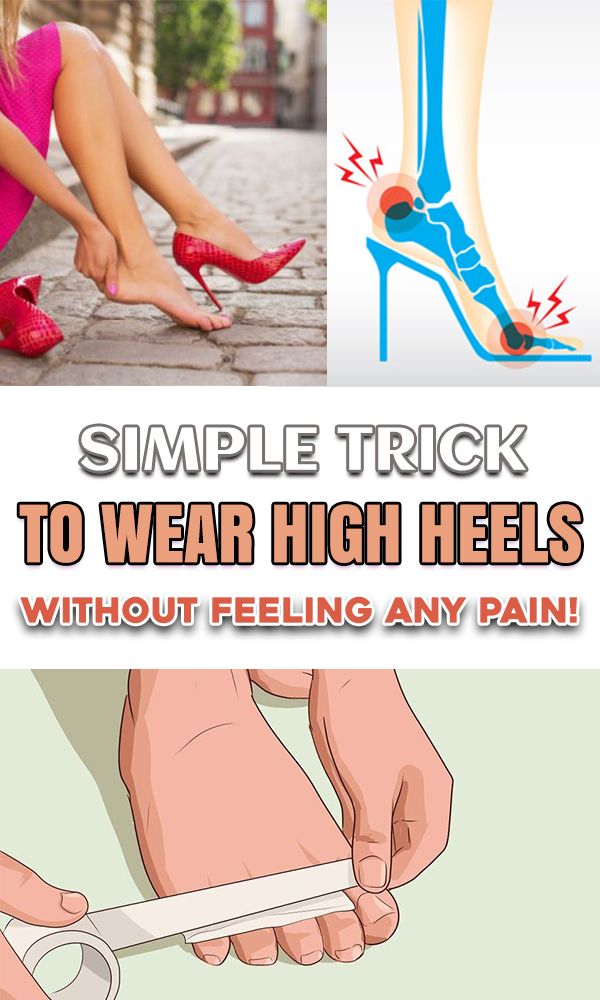There is nothing quite like the big smile and feeling of confidence when you put on your brand new pair of heels for the first time. There is also nothing quite like the existential dread you feel as you are hobbling around only one hour into the event wondering how on earth you are going to survive the day in these shoes because your feet are already throbbing. How can you wear high heels without pain? Can you wear high heels comfortably? Is it some sorcery that only a few people possess? Can you train yourself to wear high heels?
Fear not! I have the answers for you! I will go through proven tips to reduce your foot pain, and explain why you are experiencing this pain at all.
Of course, this is a physiotherapy blog, so our biased hope is that you stop wearing heals all together and opt for more comfortable shoes. But we know that isn’t realistic for most people, so here are some proven and science-based tips to help you wear high heels comfortably.
When you picture your favourite stiletto in your mind, does the heel come straight down along the back of the shoe? Or is the heel placed a bit further in? Take a look at these two different Jimmy Choo pumps:
In the first photo, you can see how the heel of the shoe is placed further down in comparison to the second shoe. If you find that when you wear heels there is pain in the ball of your foot, podiatrist Abby Towfigh suggests you opt for shoes with the heel located further in, such as the first picture.
This allows less pressure at the front of your foot, and enables your heel to help do some of the work.
You can check out her full comments in the video below:
I’m sure this will come as no surprise, but opting for a heel height of 3 inches or lower will save your feet.
Your typical walking pattern is heel-toe heel-toe, but when you are wearing high heels that go above 3 inches, you are changing the biomechanics of your walk, shifting your balance, and your feet want to change to toe-heel toe-heel in order to keep you upright.
If your absolute favourite pair of heels is above 3 inches, don’t worry! A shoe cobbler can reduce the heel height of most shoes by up to a full inch.
It is important to note here that just because your heels are lower does not mean that your posture and gait have not changed. Take a look at this quick video below from the Musicians Health Collective to see how even just standing still in 2 inch heels your posture changes:
It’s not uncommon to hear someone warn you to stay away from pointed toe shoes and try for a more rounded toe. While this does make sense in theory, in practice the shape of the toe may play a different role than you think.
If you experience pain on the side of your foot either near your baby toe or your big toe (or the ‘bunion zone’), how high the vamp (the lip of the toe section) goes can actually play an important role. Make sure the vamp does not cut across or near the area you typically experience irritation.
The insole of the shoe can also help you here. A leather insole is recommended so it can better mold to your foot, just like the material of the lining and outside of the shoe can stretch around your foot as well.
Where the toe shape can play an important role depends on how much of the toe box your foot fills. If you have shorter toes, you may find you have no problem wearing pointed shoes, because you toes do not squish into the toe box. However, if you have longer toes you may find yourself avoiding pointed shoes altogether because the toe box is not large enough to accommodate your foot.
There is no true rule for which type of shoe is best for your foot. The best unit of measurement is you! Let your feet tell you what is more comfortable.
The skinnier the heel, the more difficult it is to balance. A simple way to think of your base of support is to start standing with no shoes on. Have your feet shoulder-width apart.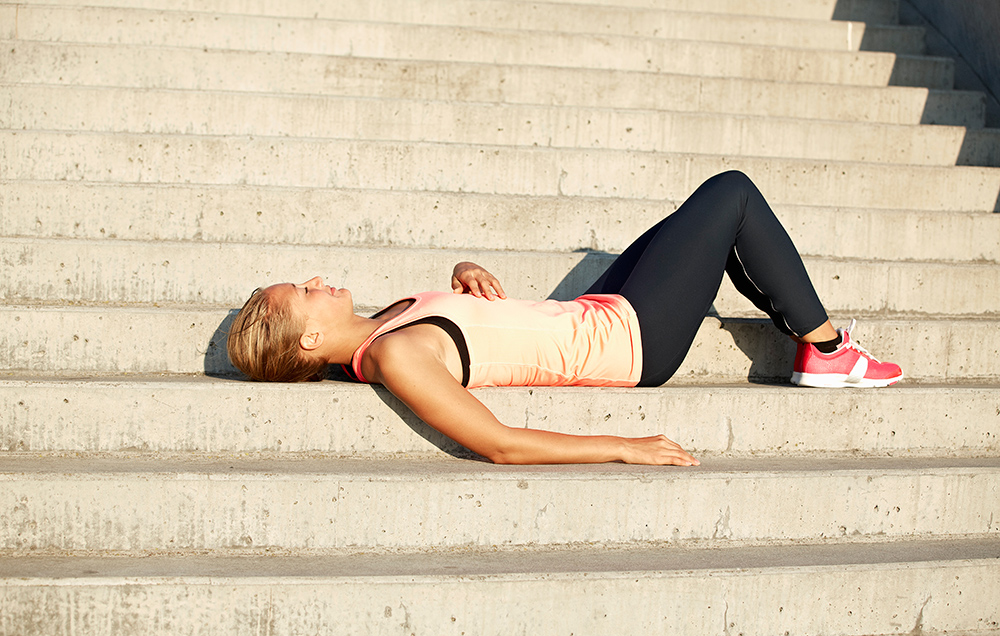 Have someone give you a gentle push if you’d like to really test it. Then, go down on all fours and have someone gently push you again. Now, stand on one foot and try again.
Have someone give you a gentle push if you’d like to really test it. Then, go down on all fours and have someone gently push you again. Now, stand on one foot and try again.
Having done this, it is easy to think of how a thicker heel can give you more balance than a stiletto!
Some people prefer wearing thicker socks with your heels around the house first to stretch out your shoes, some people say use a blow dryer on them before putting your feet in. The bag of ice in the freezer trick is also popular!
Personally I grew up with the sock trick, and if that didn’t work my mother would pull out: the shoe stretcher.
It looks like something you would find in a Wish ad – and you’re right! You can actually buy them on Wish now. Your feet should be able to move in your shoes, so stretch them out if you need to.
If you watched the first video in this post, you will have heard about a couple different types of shoe inserts you can use to minimize your foot pain.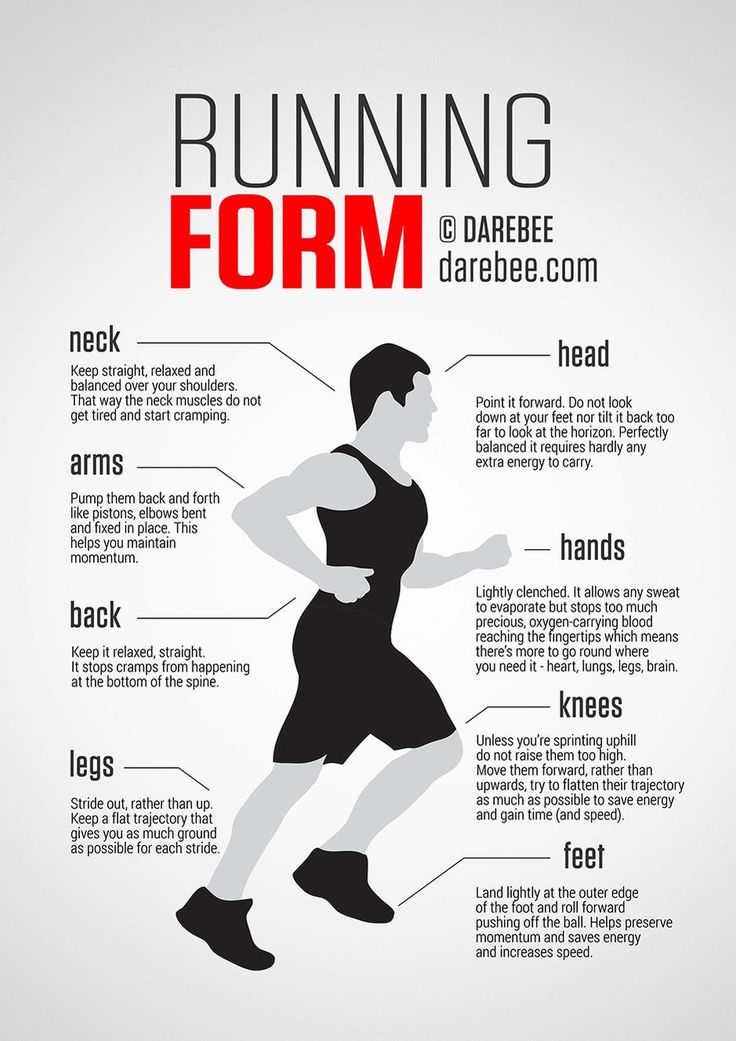 Keep in mind that adding padding of any kind to a shoe will make the shoe fit tighter, so make sure you can still move your foot around comfortably in your shoe after.
Keep in mind that adding padding of any kind to a shoe will make the shoe fit tighter, so make sure you can still move your foot around comfortably in your shoe after.
Here are a few options, and what is best to use them for:
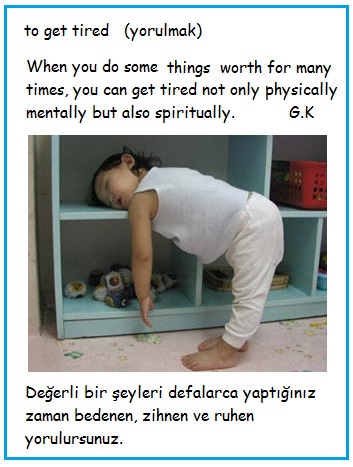
This may sound like an old wives tale or something that only happens when you have a broken toe, but there is actual science behind this!
"It is possible to minimize pain by hacking the science behind your body to work to your advantage.
podiatrist Joan Oloff"
In a 2017 interview, podiatrist Joan Oloff explained how this strange hack works:
“The metatarsals, or five long bones of the foot, end at the ball, and heels can cause pain to the bone endings more than flat shoes would. Additional pressure can also be put on the toes, which tend to contract more when wearing heels. But a lot of the pain one feels comes from small intermetatarsal nerves that run in between the bones of the foot themselves, and when wearing heels, the nerves become irritated and enlarged.”
“This causes a bursa to surround the nerve and fill up with inflammatory tissue, causing pain. The most common nerve that gets irritated is the one that sits between the third and fourth toes, mainly because the toes spread apart when the tissues enlarge,” Oloff said. “Because of this, taping one’s toes can remove some pressure from the nerve and inflamed tissues.”
This may seem like the most obvious tip, but it is the most important!
When you are going to a wedding or work and you have the perfect pair of heels to wear, don’t put them on until you actually arrive to the event! Wear a comfortable pair of shoes to and from events to give your feet a break.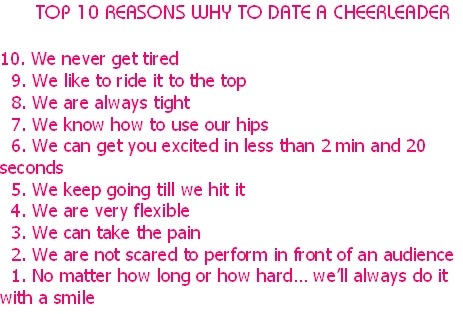
Give your feet micro breaks during the day as well! If you like to wear heels to work, take them off while you sit at your desk, even if your feet don’t hurt yet. You can still wear heels to work and wear them less – every little break helps!
It is no secret that your risk of ankle sprains increases when wearing high heels. Additional problems with high heels include altering the mechanics of your foot and your gait, over stretching some muscles, shortening other muscles, resulting pain in your knees, hips and back… we could go on.
When you regularly wear heels, you can sprain the ligament under your first toe’s proximal joint, and it is not uncommon to find your achilles tendon thickens.
The thickening of a tendon may not sound like a bad thing, but let’s take a look at why it thickened due to your shoe choice.
In a 2010 study, R. Csapo et al. found that the achilles tendon is thicker and stiffer in women who wear high heels often. When comparing the actual length of the tendon to women who opt for flats, the length of the tendon was often the same. The problem with this is that the achilles tendon in women who wore heels did not stretch to accommodate for the shortened calf muscle regular high heel wear caused.
When comparing the actual length of the tendon to women who opt for flats, the length of the tendon was often the same. The problem with this is that the achilles tendon in women who wore heels did not stretch to accommodate for the shortened calf muscle regular high heel wear caused.
This resulted in pain when walking flat footed, as the calf muscles and achilles tendon could no longer stretch appropriately.
To avoid this problem, make sure you engage in regular stretches for everything from your toes to your knees! If you are already experiencing a lot of pain when you walk, make sure you speak with your physiotherapist to learn which stretches are best for you.
Are you having pain in your feet, knees, hips or back from your choice in footwear?
Call us at 519-895-2020, or use our online booking tool on www.strivept.ca to book an appointment with one of our knowledgeable physiotherapists Kitchener, and they will be sure to help you understand your injury.
Cheers,
Chelsea & Amanda
Strive Physiotherapy & Performance
Fashion
by Carina Wolff
Pexels
For some the higher the heels, the better. For others, a pair of black flats is much more appealing than some stilettos. Whether you're a fan of heels or not, you might find yourself wearing them at some point, so it can't hurt to have some tips on how to make heels less painful. It's no fun to suffer for the sake of fashion, but luckily, if you like to add a little height to your outfits, there are certain ways to do so without stumbling home with bloody calluses and sore arches.
"High heels, if worn incorrectly, can change the way the small muscles in your feet fire, which could lead to overuse syndrome," says podiatric surgeon Dr. Dana Canuso over email. "Overuse syndrome can cause pain and possible tearing. Also, bad heels can lead to lower back pain, knee pain, and calf pain."
"Overuse syndrome can cause pain and possible tearing. Also, bad heels can lead to lower back pain, knee pain, and calf pain."
Whether you just bought a pair of shoes that are disappointingly uncomfortable or you have a favorite pair that you can't wear more than a few hours, there's hopefully an easy to solution to make your high heels experience a little bit better. Here are 11 tips on how to make walking in heels more comfortable.
Pixabay
"As simple as it sounds, the shoe needs to fit," says podiatric surgeon Dr. Rebecca Pruthi over email. You want to make sure there is space between the longest toe and the end of the shoe. "When shoe shopping, buy at the end of the day when your feet are already swollen," suggests Pruthi. "Also, look at your width of your feet. I see too many women with wide feet cramming into a narrow shoe. This will help avoid bony changes and damage that can lead to bunions, neuromas and hammertoes. "
"
Pixabay
Before you wear your heels out on the town, break them in first at home. "Wear socks at home while wearing shoes for a few hours, or use shoe stretchers," says Pruthi.
Pixabay
When buying your heels, it's important to look at the material they're made of. "Wear shoes that give — that are made of leather rather than synthetic — so they can stretch," says Pruthi.
Amazon
Dr. Scholl's DreamWalk High Heel Insoles, $8, Amazon
Walking in heels is much less painful when the in-sole is well-cushioned. "This helps in absorbing shock in the ball area while walking and provides comfort," says footwear designer Radhika Jain over email. "These insole cushions can be made either of eva foam/latex foam or memory foam, which is the best. Nowadays you can buy them online or at a shoe store with foot-care accessories. "
"
Pexels
If you've got a favorite pair of heels that are agonizing to walk in, consider getting part of the heel shaved down. Go into a shoe repair store and ask for them to take a look at the shoe. They will usually shave off about 1/2 inch to 1 inch maximum to maintain the integrity of the shoe, but that small amount could still make a difference.
Pexels
How you walk in heels should not be the same as how you walk in sneakers. Walking with the correct posture can help minimize the impact as well as pain on your joints and muscles. Stand up straight, use your core muscles as you walk, and each time you step, land on the outer border of the heel and toe off, according to Today.com.
Pixabay
Say "bye-bye" to blisters by rubbing a little bit of deodorant on the backs and sides of your foot.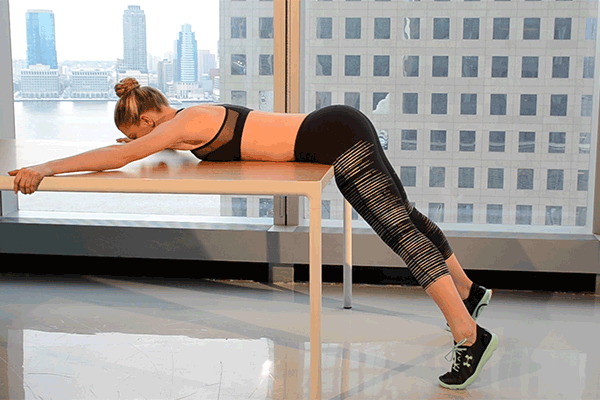 The deodorant acts as a barrier and helps prevent too much friction, according to Good Housekeeping.
The deodorant acts as a barrier and helps prevent too much friction, according to Good Housekeeping.
Amazon
Dr. Scholl's Moleskin Plus Padding Roll, $5, Amazon
"Moleskin can be used on bony areas of the foot to protect from friction," says Pruthi. It can be cut to any size and used on targeted areas of discomfort. "Unfortunately, this still won’t do anything to alleviate the calf, knee, or back pain that results from posture changes caused by wearing heels," she says.
Pixabay
Wearing heels once on a fancy night out won't have long-term damage. But if you're wearing uncomfortable heels daily, you might want to consider taking some breaks. "Change your shoes throughout the day," says Pruthi. "Wear heels only for periods of time and give your feet a break."
Pixabay
Taping together the third and fourth toe of each foot takes the pressure off the ball of the foot, which can help ease pain, according to The Guardian. Use medical tape to prevent cramping and numbness by keeping these two toes bound together.
Use medical tape to prevent cramping and numbness by keeping these two toes bound together.
Pexels
If added height is the main reason you wear heels, you might want to consider switching to platforms. "Platform is used to ease off some body weight pressure from the heel part and distribute it to the ball area," says Jain. "The higher the platform height, the more will be the comfort level."
The Duchess of Cambridge is one of the most famous fashionistas in the world. Prince William's wife has earned a reputation as a style icon by always looking sophisticated when she goes out. Kate manages to follow protocol without violating royal fashion rules, but without sacrificing her own comfort.
All BCS fans know that ladies of the court are required to wear pantyhose when attending public events. Kate wears models with soft silicone inserts to make it more comfortable to stand in heels for a long time.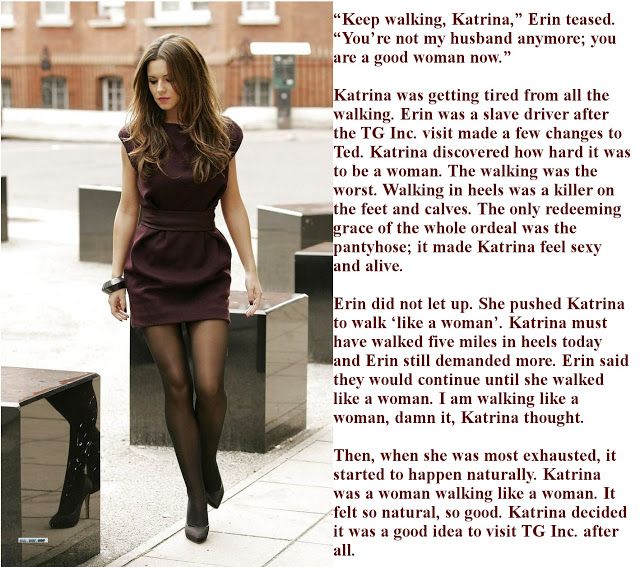 By the way, Kate wears heels not only for formal dresses, but also in combination with classic loose culottes that have become her favorite to make the look more feminine and romantic.
By the way, Kate wears heels not only for formal dresses, but also in combination with classic loose culottes that have become her favorite to make the look more feminine and romantic.
Another trick of the Duchess of Cambridge, which her sister-in-law Meghan also uses, is to wear shoes one size larger. Many celebrities resort to this technique, trying to keep their legs from swelling and calluses from forming on them. If the Duchess of Cambridge and Sussex find it hard to walk in shoes that are too big for them, they stuff the sock with a lining of fabric or cotton, which can then be easily removed.
By the way, Elizabeth II has her own method of avoiding blisters. In fact, before putting on new shoes, a special person breaks them in for Her Majesty. Stuart Parvin, the Queen's designer since 2007, said: "The Queen can't say, 'I'm uncomfortable, I can't walk anymore.' She has the right to have someone break in her shoes.”
In general, you can say that the images of the royals are becoming more relaxed, but of course, they all remain within the protocol. The Duchess of Cambridge's wardrobe includes trousers, jeans and sneakers that, at first glance, do not fit into the style of the Duchess at all. However, with the help of her personal stylist Natasha Archer and former fashion editor Virginia Chadwick-Healey, who replaced Kate's image maker during the maternity leave, the Duchess masterfully learned how to add practical and sometimes unexpected things to her rather conservative style. Not the last role in this was played by the departure of the Duchess of Sussex from Britain ( see also: Back to the roots: how Megzit influenced Duchess Kate's style (and why)).
The Duchess of Cambridge's wardrobe includes trousers, jeans and sneakers that, at first glance, do not fit into the style of the Duchess at all. However, with the help of her personal stylist Natasha Archer and former fashion editor Virginia Chadwick-Healey, who replaced Kate's image maker during the maternity leave, the Duchess masterfully learned how to add practical and sometimes unexpected things to her rather conservative style. Not the last role in this was played by the departure of the Duchess of Sussex from Britain ( see also: Back to the roots: how Megzit influenced Duchess Kate's style (and why)).
You can see that Katherine's make-up habits have also changed - now she is limited to light make-up. Many noted that makeup artist Catherine Arabella Preston delicately emphasizes the eyes, chooses neutral shades of lipstick and a soft palette of nail polishes for the Duchess of Cambridge ( read also: "I'm not beautiful - it's all makeup!": learning to make up like Kate Middleton).
Photo: Getty Images
Yana Demchenko
Reading today
Quiz: choose a card and we'll tell you how your 2023 will go
Ridiculous and unfashionable: 6 outdated haircuts that only Russian women do
Union in heaven: 10 pairs of female and male names with perfect compatibility - and who is destined for you?
It hurts to look: 6 outdated fur coats that are forever out of fashion - do you still wear these?
There will be no mercy: 10 actions that betray you as a vindictive person
Health
the beauty
Sport
Spa
The whole truth about the benefits of water: to drink or not to drink?
Jan 17,2020 - 14262 Views
Fatigue and depression as a result of iron deficiency
May 30,2017 - 12379 Views
Hypertonicity of the facial muscles: how to remove?
Nov 23,2020 - 6335 Views
Life-giving rays of the IYASHI Dome detox module
Jun 07,2017 - 39566 Views
How to cleanse dry skin?
May 25,2021 - 32139 Views
Skin rashes: what tests to take?
Apr 08,2021 - 32025 Views
Breathing gymnast and wellness
May 22,2017 - 32761 Views
Fact or Fiction: Stretching Increases Height
Nov 25,2020 - 11979 Views
Training program for those who want to start running Couch to 5K
May 31,2017 - 10428 Views
Asia's first ice cave at The Mulia Spa
May 20,2017 - 31612 Views
Philosophy in home spa design
May 21,2017 - 31284 Views
The most curious and unusual spa treatments in the world
May 29,2017 - 16374 Views
KLAPP's efficient classic: the home series A CLASSIC
3058
Rental of equipment from Sportmaster
831
8 trends in teen fashion
500
Algae-champion, "Beluga" and more than 5000 types of organic and natural products at EcoGorodExpo
368
XXI Prize "Grace"
329
DS-EXPO 2022
308
Shoes with high heels - one of the most beautiful and at the same time the most uncomfortable thing in the wardrobe of most women.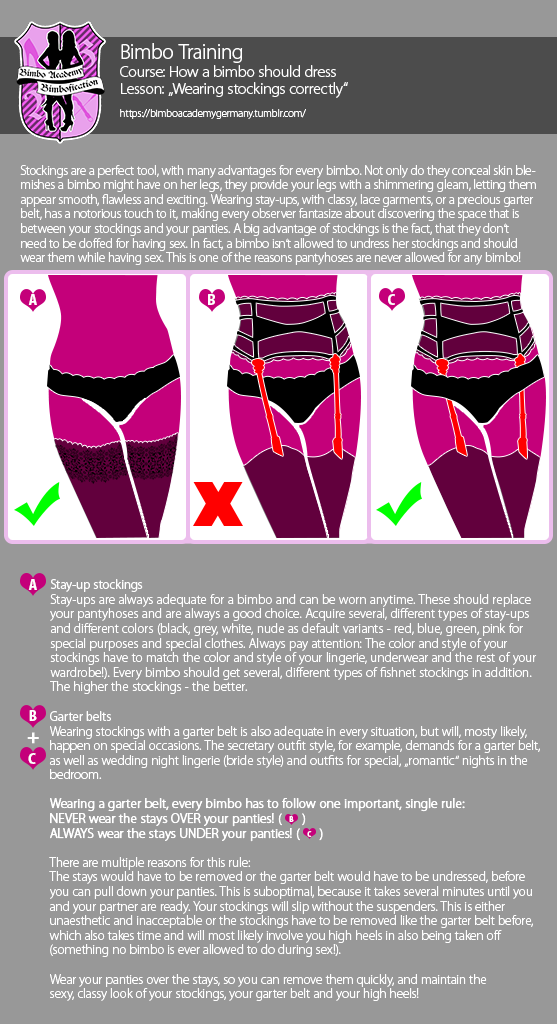
Properly chosen heel allows you to visually lengthen the female legs, makes the figure more slender, feminine, sexy.
At the same time, almost every woman experiences the joy of high-heeled shoes twice: when she puts them on and feels irresistible, and when she takes them off and sighs with relief.
Is suffering an indispensable attribute of beauty? Of course not. Let's try to figure out how to make life easier and less tired in heels?
1
Choose the right shoes and wear them correctly
The ideal heel is 3-5 cm. However, feet can get tired even with a small heel, so be especially careful when choosing shoes with high heels. Read about how to choose high heel shoes and how to prepare your new shoes for wearing.
2
Do a workout before leaving the house
If you have to spend a lot of time in heels, do a hamstring stretch, ankle rotation before going out. You can also exercise when going out, for example, under the table.
You can also exercise when going out, for example, under the table.
3
Use deodorant
Apply deodorant to clean feet to help keep feet dry.
4
Use hairspray
If your foot slips in shoes, hairspray will help to fix the foot inside.
5
Keep your posture
Another important factor that prevents fatigue and pain after heels is posture. When walking in heels, the back gets a lot of stress. And, in addition to the load, it will be in the wrong position, in addition to pain in the legs, at the end of the day, your back will hurt.
6
Do not carry large bags
If you decide to wear a heel, choose a neat handbag. Heavy bags change posture and lead to serious consequences.
7
Bring a Cooling Foot Treatment
If you have to spend the day wearing heels, bring a cooling foot treatment.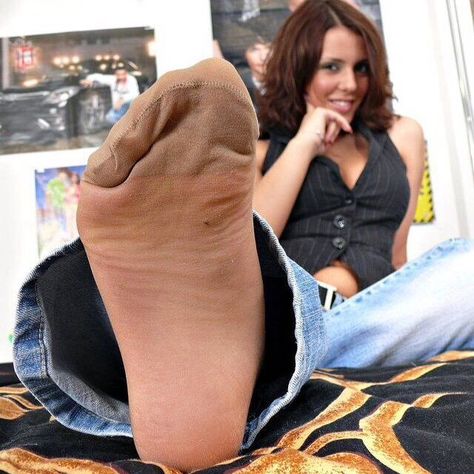 The remedy should not only refresh, but also improve the outflow of blood.
The remedy should not only refresh, but also improve the outflow of blood.
After three to four hours, massage onto feet.
Thalasso Bretagne Soothing Foot Gel
instantly relieves the feeling of heaviness in the legs and gives true lightness and comfort.
Ultra-fresh, circulatory-activating gel improves blood flow, has a positive effect on the vessels and muscles of the legs.
8
Exercise to relieve fatigue
If possible, take off your shoes and walk barefoot for at least a few minutes. Do some easy exercises.
